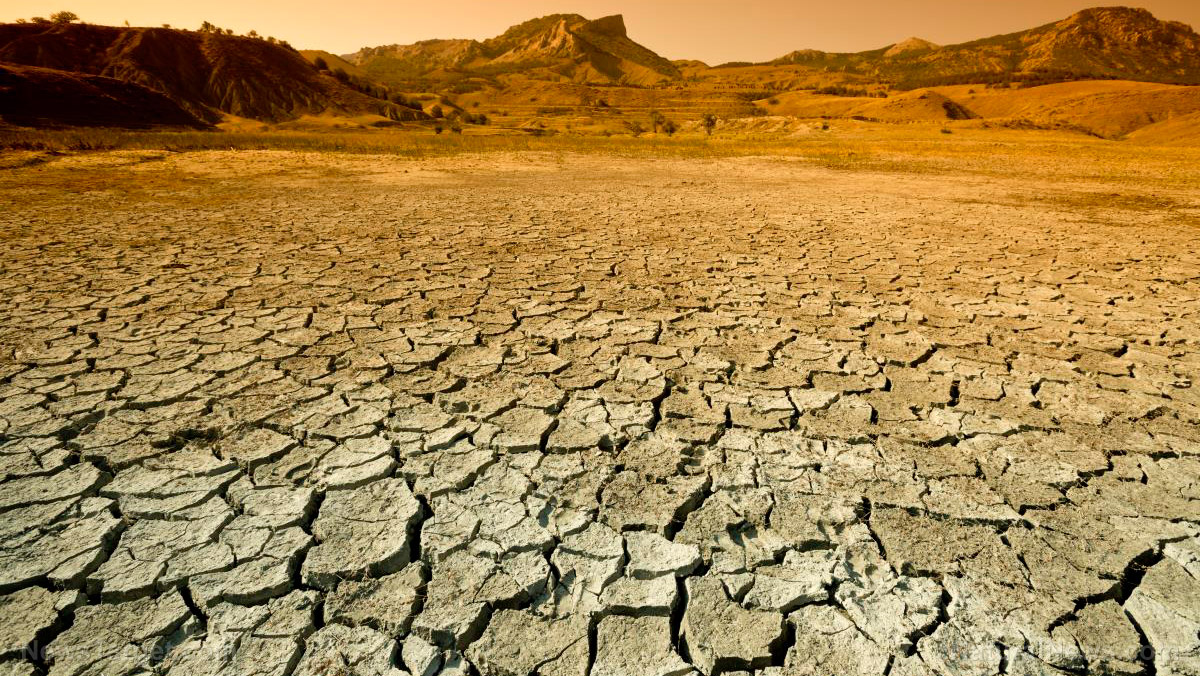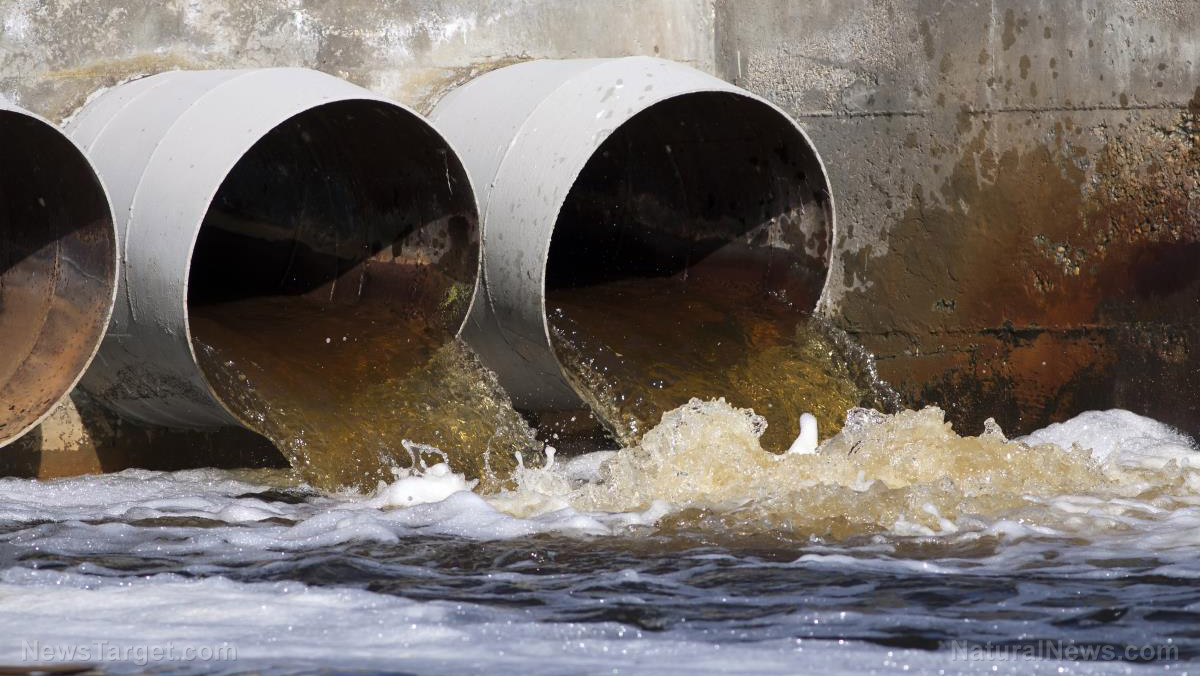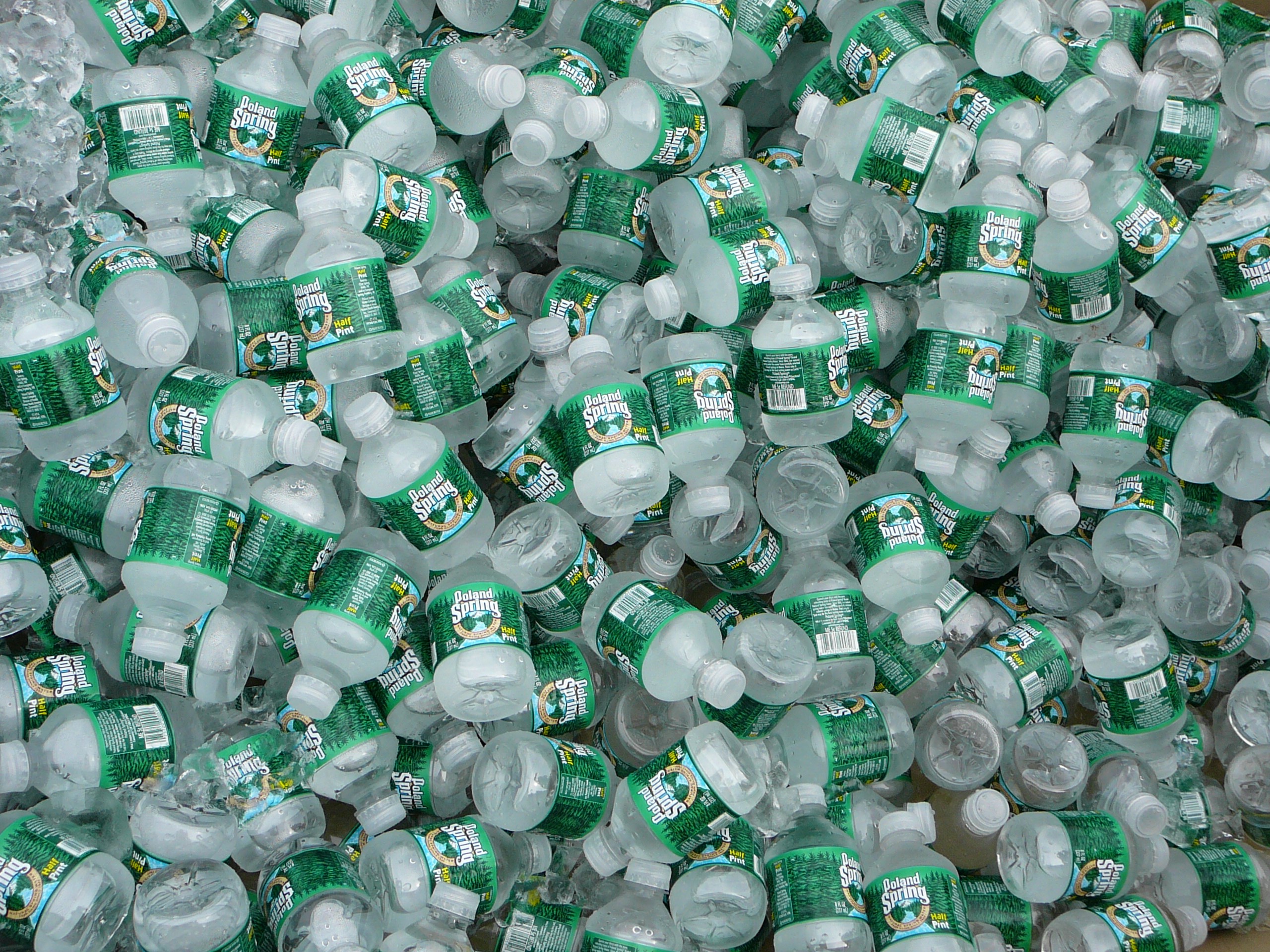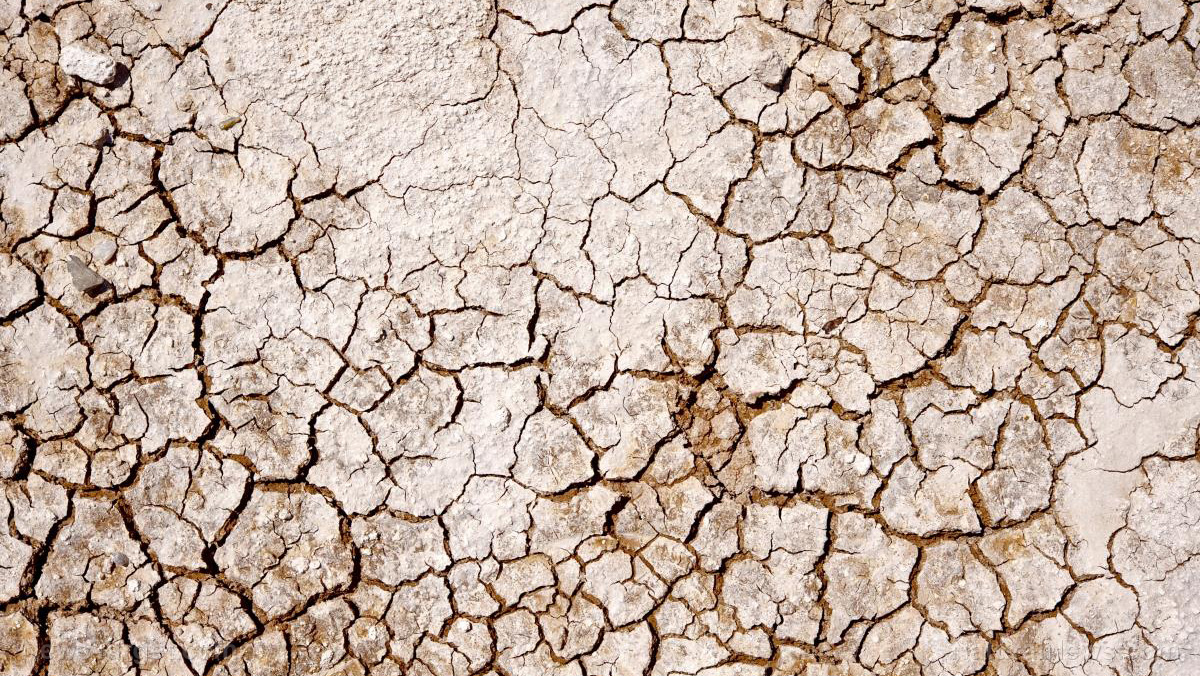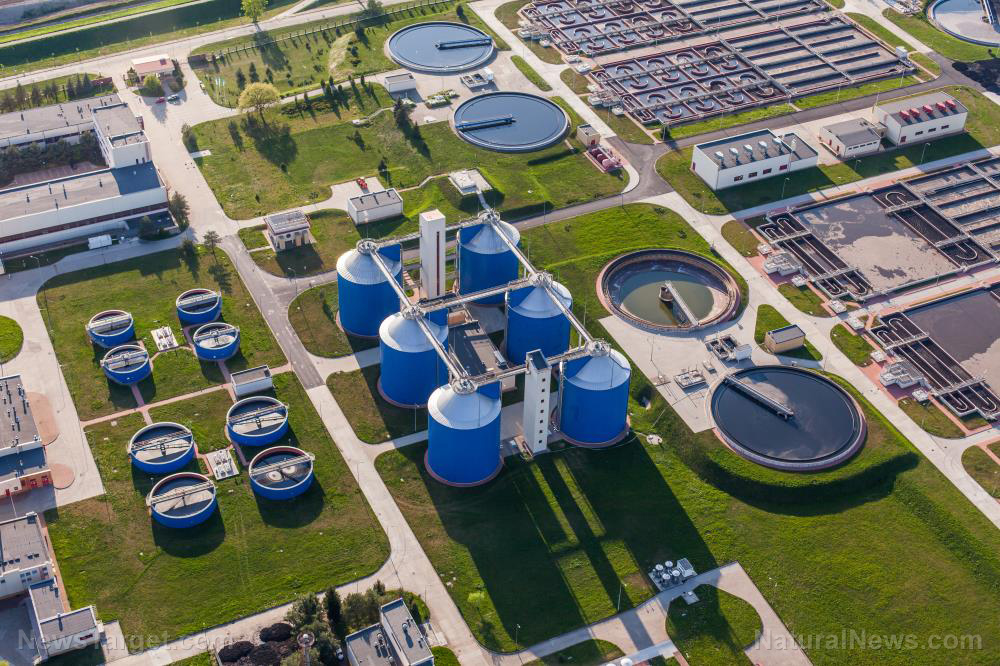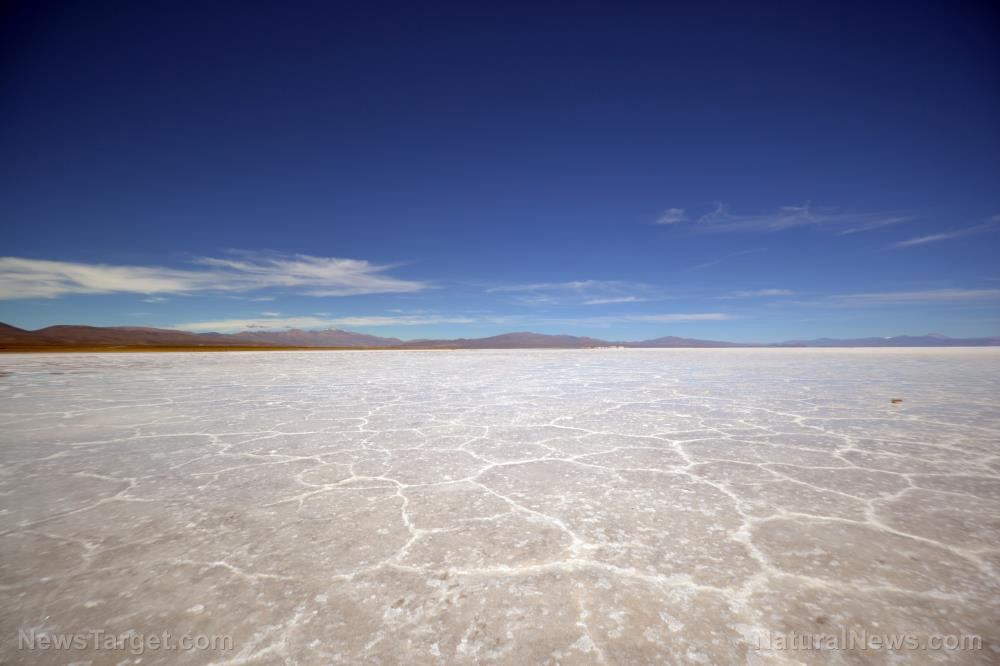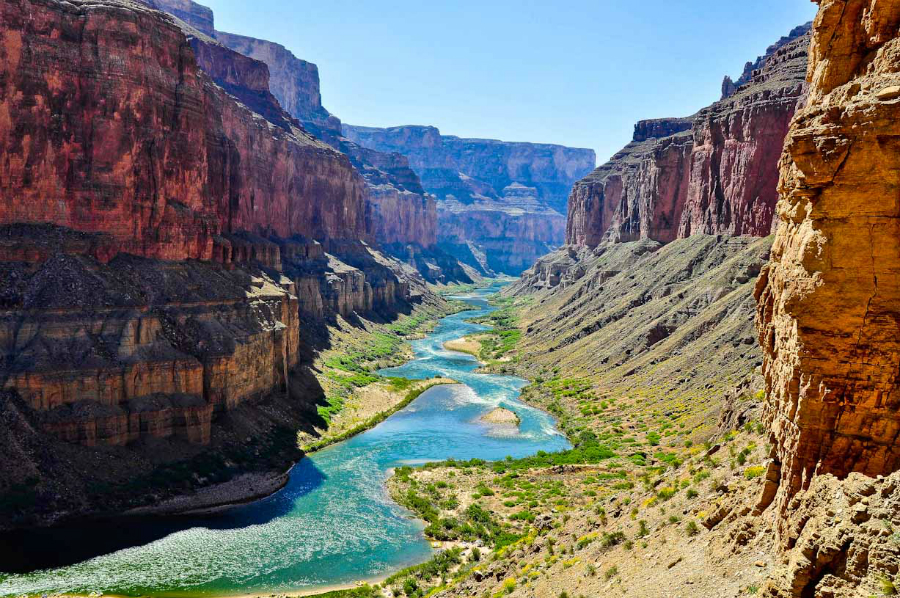5 innovative water harvesting techniques for dry, off-grid areas
03/05/2021 / By Virgilio Marin
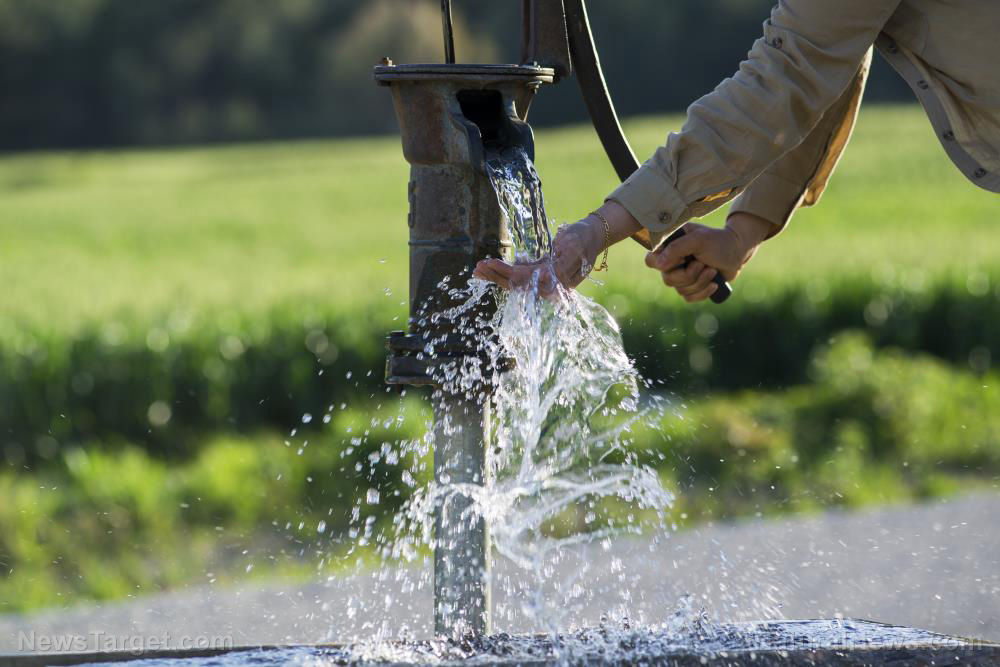
Clean water is a scarce resource in dry, off-grid environments. In these areas, conventional water sources such as snowfall, rainfall, river runoff and groundwater are rare if not completely absent. But innovative water sourcing methods could help address that scarcity.
In an article for the Conversation, environmental scientists Manzoor Qadir and Vladimir Smakhtin, both from United Nations University in Japan, detailed five water harvesting techniques that tap into unconventional water sources such as fog and saltwater. These techniques require advanced technologies but could help meet water demand in arid and remote regions.
Fog collection
Dry areas that regularly experience intense fog, such as mountainous and coastal regions, can harvest water droplets embedded in the vapor. According to Qadir and Smakhtin, fog can be collected using a vertical mesh that captures water droplets from passing fog. Those droplets then drip into a water collection, storage and distribution system.
Fog collection systems offer the benefit of being clean and low-maintenance. With technical support from local institutions, local communities can easily run these systems by themselves. Countries that use this technique include Chile, Israel, Oman and Eritrea.
Minimizing evaporation
Micro-catchment rainwater harvesting is meant to minimize evaporation, or the process of turning liquid into vapor. This method captures rainwater on the ground where it would otherwise evaporate.
There are two major types of micro-catchment rainwater harvesting systems. One is water harvesting through rooftop systems, in which runoff is collected and stored in tanks or other similar containers. The collected water can be used at home or for livestock.
The second is water harvesting for agriculture, which involves collecting runoff that pools in a small reservoir or in the root zone of a cultivated area. The catchment surface may be natural or covered with a material that prevents the soil from absorbing water.
Desalination
Desalination removes salt from seawater to make it drinkable. This allows for the collection of water beyond what is available from the water cycle and provides a steady water supply that is independent of the climate.
Many places now obtain their water partly from desalinated seawater. California, for example, has 11 desalination plants and 10 more proposed for construction. Arid regions around the world like the Middle East and North Africa also obtain their water supply from the sea.
At present, desalination provides around 10 percent of the municipal water supply of urban coastal centers worldwide. By 2030, this is expected to reach 25 percent.
Qadir and Smakhtin noted that more places will become reliant on desalinated water due to the technique’s declining costs and, on the other hand, the rising costs of conventional water resources. Indeed, technological advances are expected to cause a significant decrease in production costs by 2030. (Related: Stand-alone desalinating drinking water system runs on solar energy, can be used in off-grid locations.)
Iceberg harvesting
Icebergs may float on seawater but they are actually made of freshwater. But despite their potential as a clean water source, harvesting icebergs is not exactly easy. It requires locating a suitable source, calculating the necessary towing power requirements, predicting melting rates in transit and estimating the economic feasibility of the entire process.
Scientists are currently working to efficiently harvest icebergs from the poles. Countries such as the United Arab Emirates and South Africa also expressed interest in towing icebergs to narrow gaps in their water demand and supply.
Cloud seeding
Cloud seeding has been used before to increase the amount of rainfall. This technique increases the likelihood of precipitation by dispersing small particles into the sky that promote raindrop or ice crystal formation.
According to Qadir and Smakhtin, only up to 10 percent of the total cloud water content gets released spontaneously to the ground as precipitation. Cloud seeding can bring that up by 20 percent depending on factors such as cloud type, cloud water content and base temperature.
With many places worldwide lacking conventional water sources, it’s important to explore new water harvesting options that tap into unconventional water resources like icebergs and fog to provide adequate water supplies to arid, off-grid communities.
Learn more about innovative water harvesting techniques at CleanWater.news.
Sources include:
Tagged Under: clean water, cloud seeding, desalination, drinking water, environment, fog collection, iceberg harvesting, innovation, off grid, science and technology, water harvesting, water supply
RECENT NEWS & ARTICLES
TapWater.News is a fact-based public education website published by Tap Water News Features, LLC.
All content copyright © 2018 by Tap Water News Features, LLC.
Contact Us with Tips or Corrections
All trademarks, registered trademarks and servicemarks mentioned on this site are the property of their respective owners.





